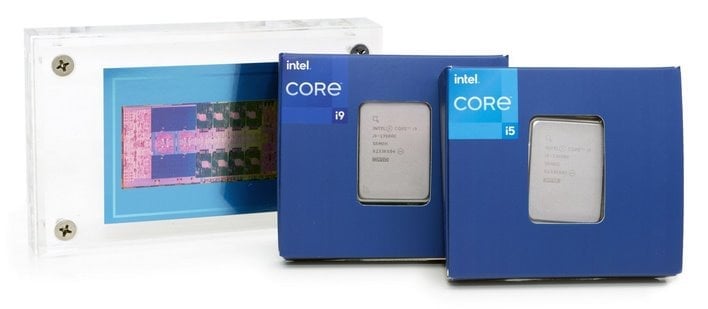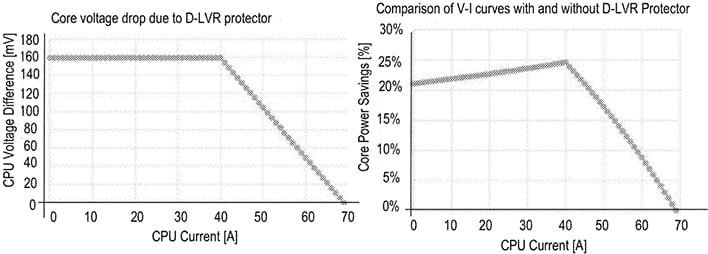ASUS Reveals Intel Scrapped DLVR Power Delivery Tech For Raptor Lake Desktop
Intel's had a history of experimenting with different types of voltage regulation when attempting to optimize the efficiency of its processors. The 4th-generation Core CPUs codenamed "Haswell" used a fully-integrated voltage regulator (FIVR) that was then dropped in the 6th-generation Skylake chips because it was too fragile. Now, a rumored-and-leaked DLVR tech for Raptor Lake seems to have been scrapped, according to an ASUS developer.
Let's take a step back for a second. DLVR stands for Digital Linear Voltage Regulator. In and of itself, this isn't a new technology by any means. What's new was the idea that Intel would implement a DLVR in parallel with the regular motherboard power supply to feed the CPU cores, specifically. According to the Intel patent application that revealed these plans, it could save as much as 25% power.
However, those power savings were primarily during lower-load situations under 40A. If you're familiar with modern CPUs, 40A is usually around 40 watts. Intel's recent desktop CPUs spend most of their time well above 40 watts, and the savings from this design (by Intel's own reckoning and admission) fell off sharply past that point.
As revealed in a tweet from Danilo "18pF flip-flop" (@dcominottim on Twitter), ASUS firmware developer Shamino replied on the company's forums to a user named JohnAb that inquired about an option in the company's Z790 system setup utility called "CPU DLVR Bypass Mode Enable." Judging by the name, it sounds like an option to toggle usage of the DLVR on or off, right?
As it turns out, it doesn't do anything. Shamino's response was that Raptor Lake was intended to include a DLVR as rumored, but then all of the processors were "fused to bypass mode" before release. In other words, Intel physically disabled the DLVR altogether in the Raptor Lake desktop processors. Shamino says that the option was left in the BIOS in anticipation of being able to support hypothetical future processors with DLVR capability.
Given what we said above about the limitations of DLVR, it doesn't surprise us that Intel cut the feature from its desktop processors, but it may still appear in laptop Raptor Lake chips. If it does, it may also happen that future low-power desktop parts do support the feature after all.
Let's take a step back for a second. DLVR stands for Digital Linear Voltage Regulator. In and of itself, this isn't a new technology by any means. What's new was the idea that Intel would implement a DLVR in parallel with the regular motherboard power supply to feed the CPU cores, specifically. According to the Intel patent application that revealed these plans, it could save as much as 25% power.
Source: Intel via US PTO
However, those power savings were primarily during lower-load situations under 40A. If you're familiar with modern CPUs, 40A is usually around 40 watts. Intel's recent desktop CPUs spend most of their time well above 40 watts, and the savings from this design (by Intel's own reckoning and admission) fell off sharply past that point.
As revealed in a tweet from Danilo "18pF flip-flop" (@dcominottim on Twitter), ASUS firmware developer Shamino replied on the company's forums to a user named JohnAb that inquired about an option in the company's Z790 system setup utility called "CPU DLVR Bypass Mode Enable." Judging by the name, it sounds like an option to toggle usage of the DLVR on or off, right?
As it turns out, it doesn't do anything. Shamino's response was that Raptor Lake was intended to include a DLVR as rumored, but then all of the processors were "fused to bypass mode" before release. In other words, Intel physically disabled the DLVR altogether in the Raptor Lake desktop processors. Shamino says that the option was left in the BIOS in anticipation of being able to support hypothetical future processors with DLVR capability.
Given what we said above about the limitations of DLVR, it doesn't surprise us that Intel cut the feature from its desktop processors, but it may still appear in laptop Raptor Lake chips. If it does, it may also happen that future low-power desktop parts do support the feature after all.




